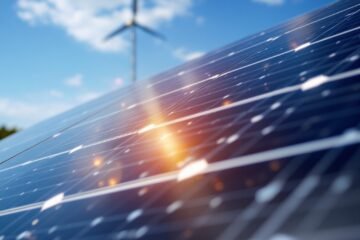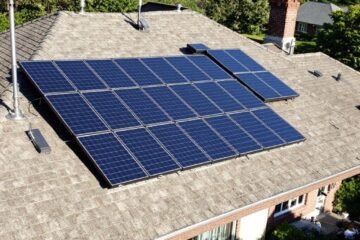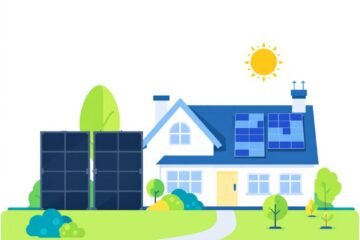Definition of Wind Power and How It Works
Wind power is a type of renewable energy that uses the wind’s energy to generate electricity. It works by using large turbines with wind-turned blades that drive a generator to generate electricity. The turbines can be on land or offshore, and their sizes range from small-scale turbines used in homes to large-scale turbines used in commercial wind farms.
Benefits of Using Wind Power for Homes
There are several benefits to using wind power for homes. For starters, it is a clean and renewable energy source with no greenhouse gas emissions or pollution. It can also provide a significant portion of a home’s energy needs, potentially reducing a home’s carbon footprint significantly. Furthermore, because wind power is not dependent on fossil fuels or other external sources, it can provide energy security. Finally, it can be a low-cost energy source, especially with government subsidies and incentives.
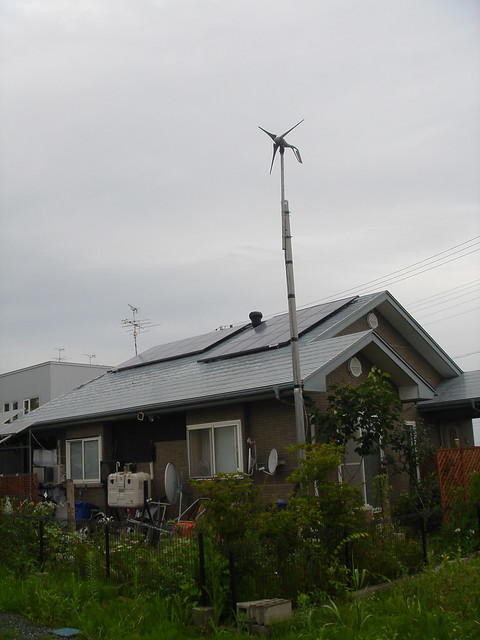
History of Wind Power for Homes
Wind power has been used for practical purposes for hundreds of years, with early windmills used for tasks such as pumping water and grinding grain. These early windmills were simple structures with a horizontal axis and wind-turned sails or blades.

Wind power has recently been developed for use in generating electricity. The first modern wind turbine was built in the late 1800s, and wind power has evolved significantly since then. Early wind turbines were large, bulky structures that could not be used as wind power in homes. However, as technology has advanced, small-scale wind turbines specifically designed for use in homes and other small-scale applications have been developed. These small-scale turbines are far more efficient and reliable than their predecessors, allowing individuals to generate electricity using wind power.
How Wind Power for Homes Can be Used
Wind power in homes can be used in a variety of ways. Installing a standalone wind turbine on the property is one option. These turbines range in size from small turbines suitable for use in cities to more giant turbines ideal for use in rural areas with strong winds. Standalone wind turbines can be installed on the ground or rooftops and mounted on poles or towers.
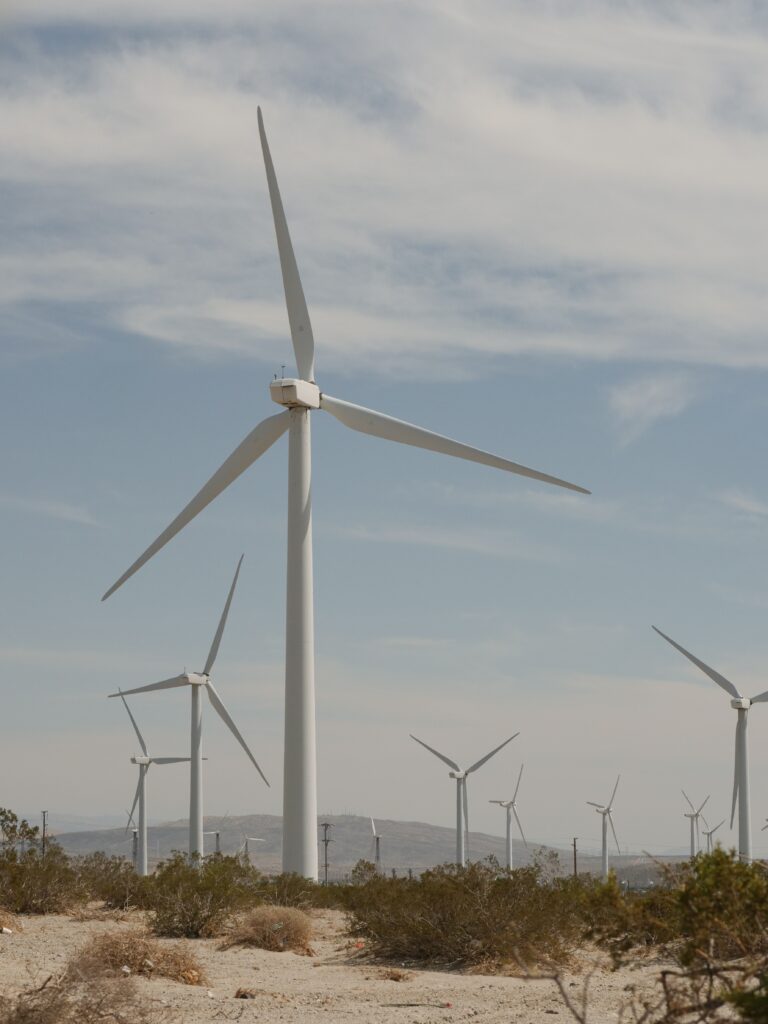
Another option is to incorporate wind power into a hybrid energy system, which combines wind power with another renewable energy source, such as solar power. These hybrid systems, which combine the strengths of wind and solar power, can be especially effective in providing a reliable and consistent energy source.

A community wind project, a wind farm owned and operated by a group of individuals or organizations, is a third option. These projects can help communities harness the power of the wind and generate electricity for their own use while also providing economic benefits to the community.
When deciding how to use wind power in a home, regardless of the approach taken, it is critical to consider factors such as location, wind resources, and budget.
How to Choose the Right Wind Power System for Your Home
When selecting the best wind power for homes, there are several factors to consider. Location is an essential consideration because the amount of wind available determines the feasibility and effectiveness of a wind power system. Wind speeds of at least 9 miles per hour (mph) are generally required to generate electricity using a wind turbine. Wind speeds, however, can vary greatly depending on location, with higher elevations and coastal areas frequently experiencing stronger winds. To determine whether wind power is viable for your home, you must first assess the wind resources in your area.
Budget is another factor to consider. Wind power systems can cost a lot of money, depending on the size and type of design, as well as any required permits or approvals. To ensure that a wind power system is financially viable, the upfront and ongoing costs must be carefully considered.
In addition to these considerations, you must decide whether to hire a professional to install your wind power system or attempt a do-it-yourself installation. While professional installation is more expensive, it provides peace of mind. In addition, it ensures that the installation is done safely and correctly. On the other hand, DIY installation is a less expensive option but requires a certain level of expertise and can be time-consuming. To determine what is best for your needs and budget, carefully weigh the pros and cons of each option.
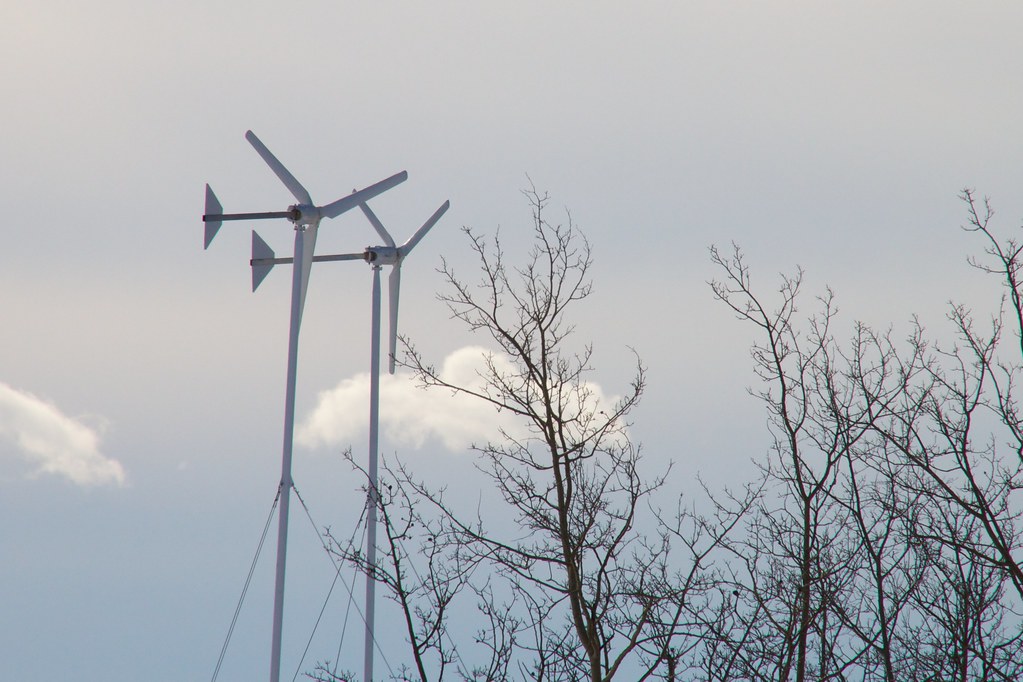
Maintenance and Cost Considerations
Wind power in homes, like any mechanical system, requires ongoing maintenance to ensure that it operates safely and efficiently. This can include cleaning and lubricating the turbines regularly, inspecting and replacing worn or damaged parts, and monitoring the system to ensure it is operating correctly. Maintenance may be something you can do yourself, depending on the size and complexity of the system, or it may necessitate the services of a professional.
Aside from maintenance, there are several cost considerations to consider when evaluating the use of wind power for homes. The initial cost of a wind power system varies greatly depending on the size and type of system and any permits or approvals required. In addition, installation costs, as well as ongoing costs such as repairs and maintenance, should be considered.
Several subsidies and incentives are also available to help offset the costs of wind power systems. These can include federal, state, and local government tax credits, as well as grants and rebates. Therefore, it is critical to investigate available incentives and subsidies to determine what financial assistance may be available to assist with the costs of a wind power system.
Finally, it is critical to consider the potential energy bill savings that a wind power system can provide. While the initial costs of a wind power system can be substantial, long-term energy bill savings can help offset these costs over time. Furthermore, wind power systems can increase the value of a home because they are seen as a desirable and environmentally friendly feature.
In Conclusion
Wind power is a safe, renewable, and affordable source of energy that can be used in homes. It has a long history of use, and recent advances in small-scale wind turbine technology have enabled individuals to generate their own electricity using wind power. Wind power in homes can be used in various ways, including standalone wind turbines, hybrid energy systems, and community wind projects. When deciding on the best wind power for homes, consider factors such as location, wind resources, and budget, as well as whether to hire a professional or attempt a DIY installation. Maintenance and cost considerations include ongoing maintenance requirements, initial and ongoing costs, and available subsidies and incentives. Ultimately, wind power can be an excellent addition to any home, providing a clean, dependable, and cost-effective energy source.
